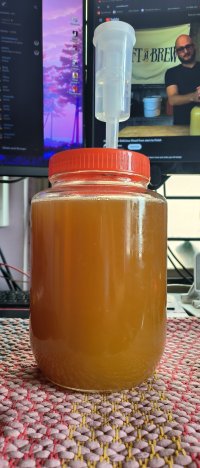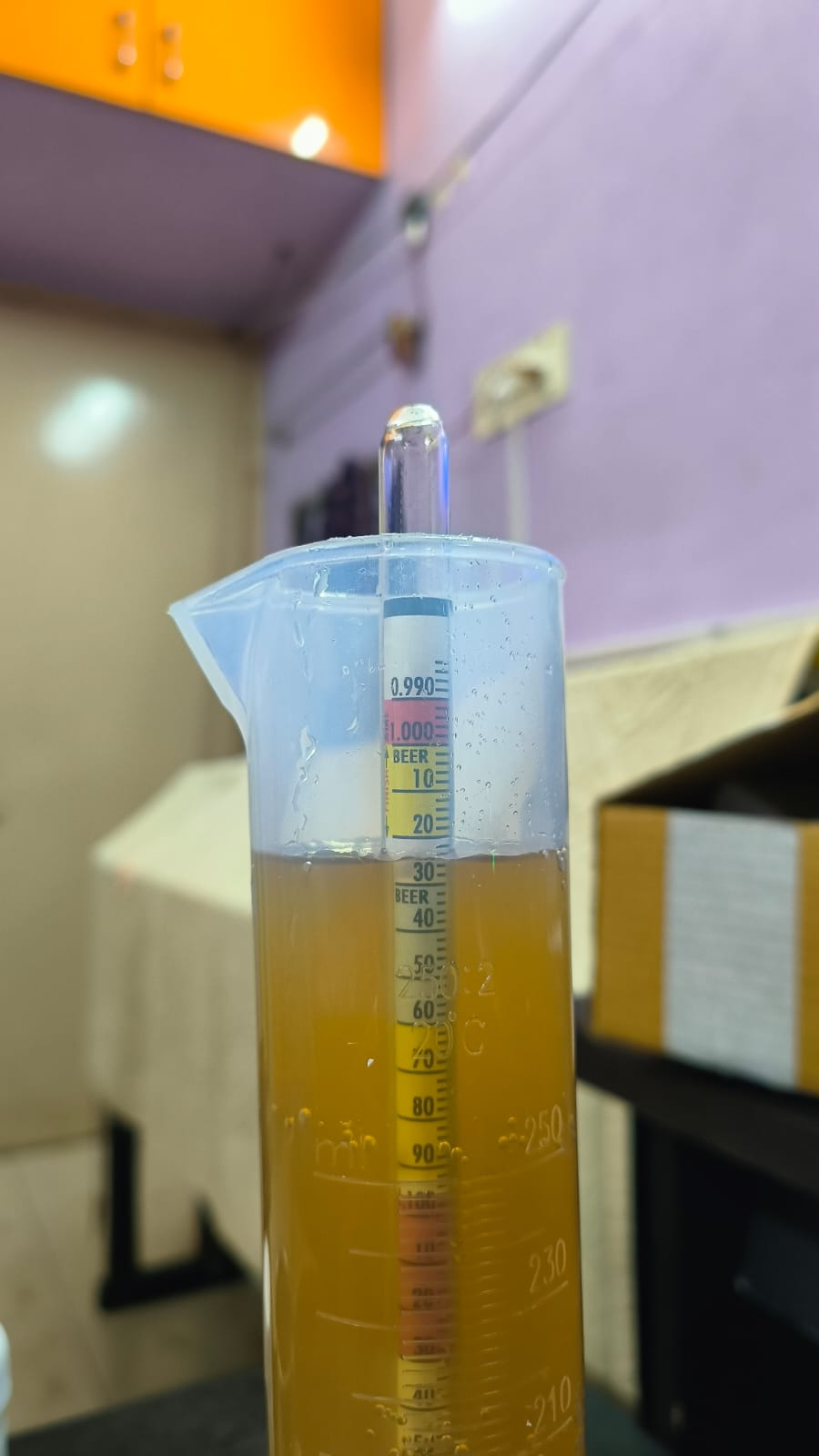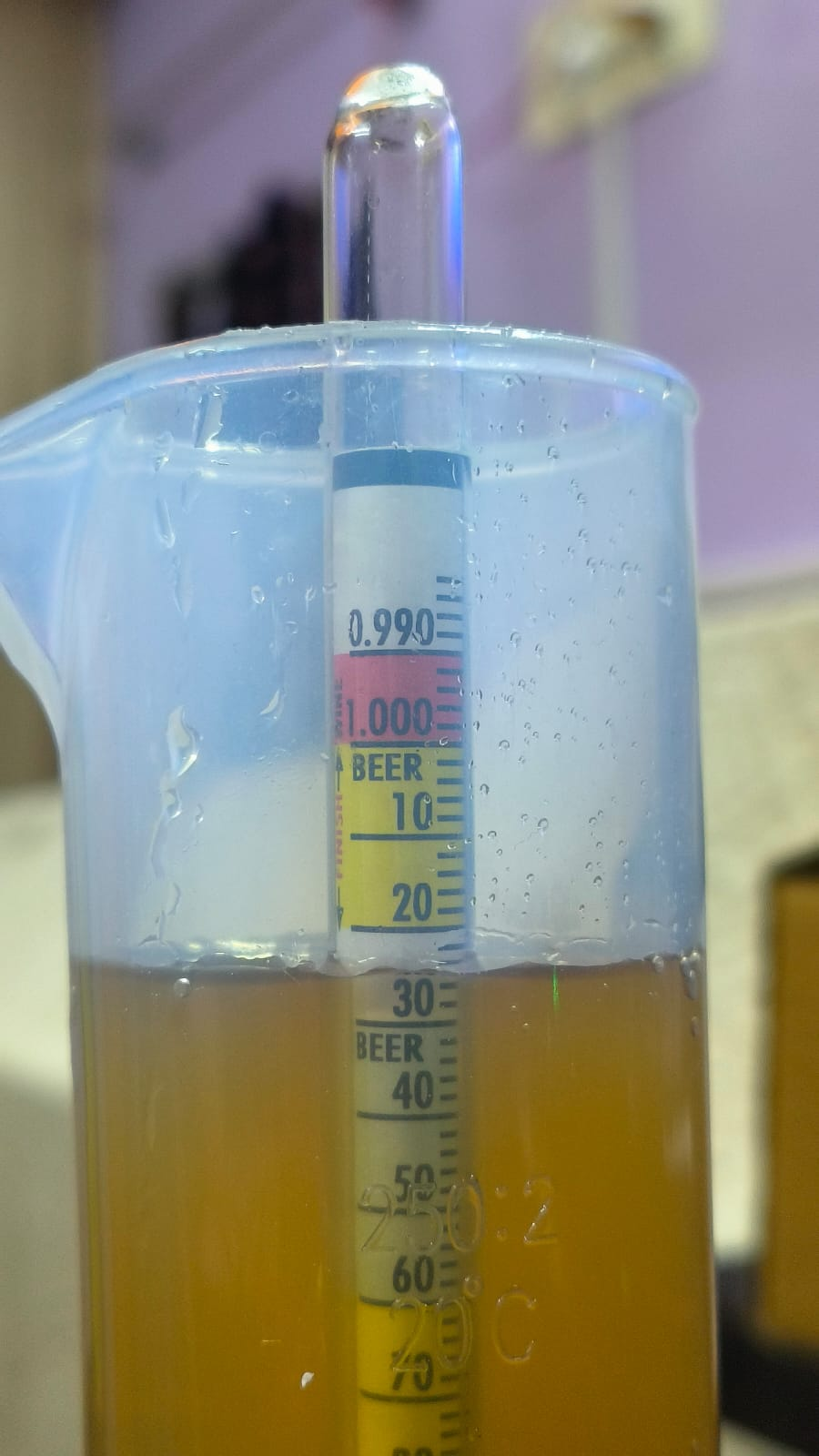HI, Amateur Home brewer here trying my first batch of mead!
so everything was working great till day 5 where i added some yeast nutrient before letting it sit for the next 25 days to finish fermenting but on day 6 i just saw a lot of sediment and a drastic decrease in the amount of bubbles coming and i do not know what to do now.
i live in a hot place and i used D47 yeast but i did use AC frequently to regulate my room temp for the yeast. BUT I DID NOT USE AC IN DAY 5 WHERE I ADDED MY YEAST NUTRIENT.
so i thought mead became too hot and yeast died, so i put the carboy in the fridge for a day to see what happens(on day 7) but that did not help so i took it out and went back to regulating temp with AC. (still bubbling was only decreasing and nothing happened)
by day 9 bubbling almost ceased so i made on last resort by adding more yeast.
i am on day 10 currently, and i see layers in my container in diff shades of brown (yeast sedimenting? i don't know)
i followed the above recipe and used their recipe kit.
please give me some suggestions and help me correct my mistakes
so everything was working great till day 5 where i added some yeast nutrient before letting it sit for the next 25 days to finish fermenting but on day 6 i just saw a lot of sediment and a drastic decrease in the amount of bubbles coming and i do not know what to do now.
i live in a hot place and i used D47 yeast but i did use AC frequently to regulate my room temp for the yeast. BUT I DID NOT USE AC IN DAY 5 WHERE I ADDED MY YEAST NUTRIENT.
so i thought mead became too hot and yeast died, so i put the carboy in the fridge for a day to see what happens(on day 7) but that did not help so i took it out and went back to regulating temp with AC. (still bubbling was only decreasing and nothing happened)
by day 9 bubbling almost ceased so i made on last resort by adding more yeast.
i am on day 10 currently, and i see layers in my container in diff shades of brown (yeast sedimenting? i don't know)
i followed the above recipe and used their recipe kit.
please give me some suggestions and help me correct my mistakes









